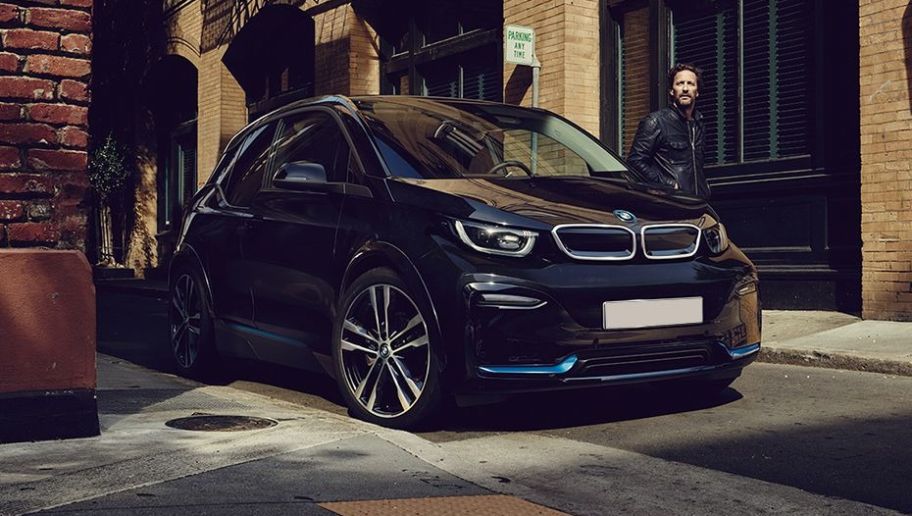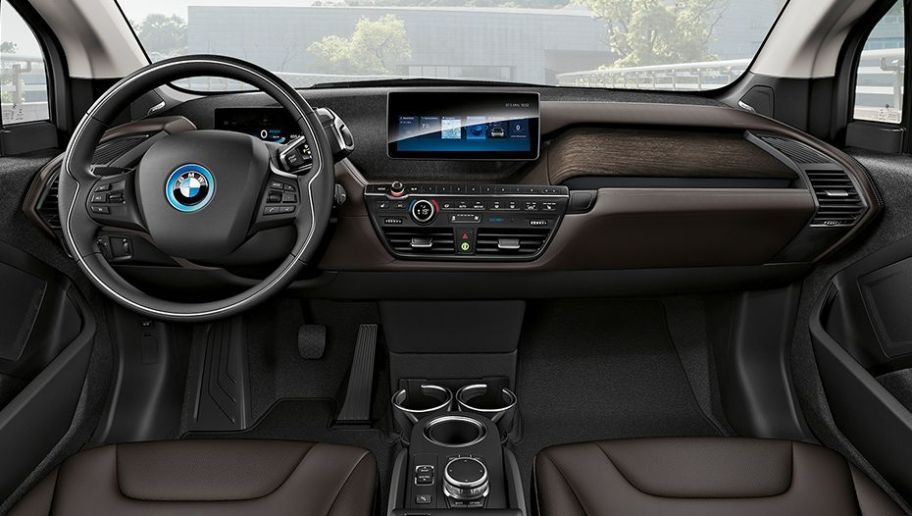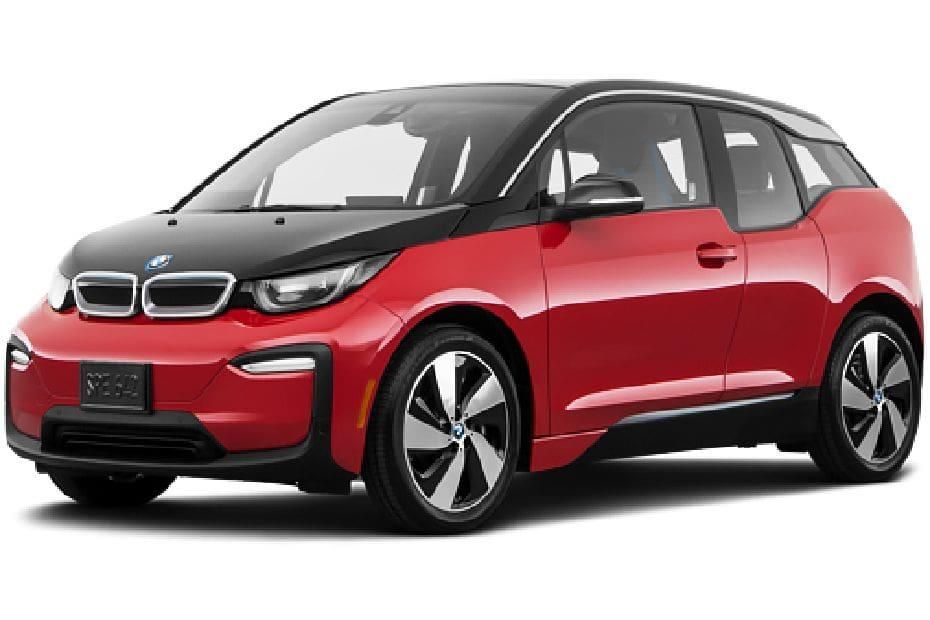BMW i3s - Powertrain
Being an electric vehicle, The BMW i3s does not have an engine and is replaced by a rear-mounted synchronous electric motor. The motor is powered by a 42.2 kW, 120 Ah capacity lithium-ion battery, the largest found in the i3 range. This combination produces 184 PS and 270 Nm of torque.
The battery can be charged using AC current either with the provided Type 2 connector-3 pin plug cable (3.7 kW) or the BMW i Wallbox Plus (11 kW) charging station. The first option takes around 11 hours to fully charge while the second option only requires around 3 hours.
However, the i Wallbox would cost you an extra RM 8,900 and RM 1,400 for the required cable. Alternatively, the i3s can also be charged using a CSS port DC charger (50 kW) at any ChargeEV outlets under the BMW ChargeNow program in just one hour for a full charge.
The electric motor is paired with a single-speed transmission driving the rear wheels like how a BMW should. Drivers turn the gear lever to engage into D gear. As part of the BMW i LifeDrive architecture, the i3s’ chassis body is made of carbon fiber reinforced plastic (CFRP) and the bottom is made of aluminum.
The floor-mounted batteries and rear-mounted drivetrain are mounted to this aluminum bottom. This allows a lower center of gravity for the i3s. It also saves weight as the i3s only weighs 1,365 kg, despite having a heavy battery. In order to make a performance variant, the i3s had been fitted with a sports suspension setup that includes stiffer springs, dampers, and anti-roll bars. As a result, the i3s is 10 mm lower and handles better than its sibling, the i3.
The i3s might have a simple transmission due to its EV characteristic, BMW made it a fun car to drive. This is why BMW included optimized Dynamic Stability Control, Dynamic Traction Control, Cornering Brake Control and Dynamic Brake Control into the mix. When under Sport mode, the Traction program allows for small drifts when grip levels are low.


















